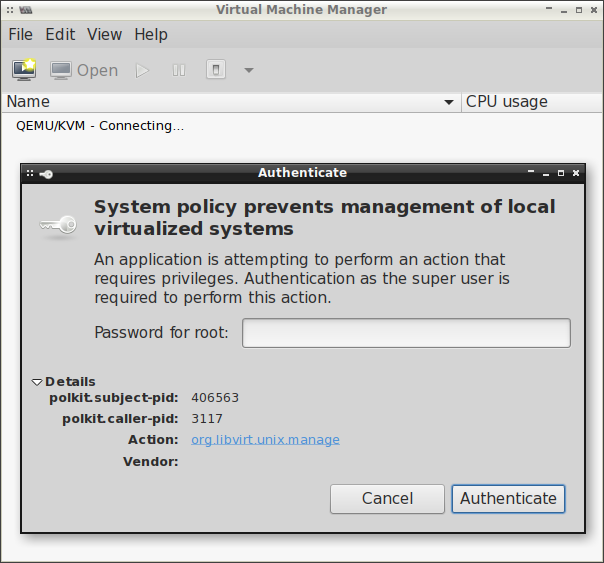
You can find a description for each field in the Proxmox manual. How to build a Windows QEMU KVM qcow2 image Enable Nested Virtualization Download Windows 10 image Create a guest disk image Create a cloudbase-init ISO.

Also, you may want to change net0 to bridge the network card to a specific bridge (please also change the MAC Address). To adapt this snippet, you need to change vmgenid and smbios1 with a generated UUID (you can generate a new UUID using uuidgen command in Linux). For Proxmox (hardware) configuration, you can use the following configuration (adapt your /etc/pve/qemu-server/123.conf where 123 is the VM ID): agent: 0Īrgs: -cpu host,hv_time,kvm=off,hv_vendor_id=null,-hypervisor

AMD cards have 2 devices on PCIe bus -> one video output and another is HDMI output. Edit virtual image, click Add Hardware, select AMD Ati Vega 64 and AMD Ati device. This combination provides best performance conditions. Installation of KVM QXL display drivers for windows 10 Remove the VNC and Cirrus display adapter 1. For the QEMU virtual machine also AMD64 should be selected as CPU architecture. QEMU supports both Windows 10 and Linux host systems. You need to remove all references to QEMU/VirtIO devices in the OS (so you should NOT install VirtIO drivers and QEMU guest agent, of course). Create Windows 10 as usual via libvirt manager. The QEMU software should be run on an AMD64 based host computer with hardware acceleration. Recently I was preparing a Windows 10 VM (in a Proxmox/KVM/QEMU environment) with the specific need to spoof some hardware IDs and evade a VM detection.


 0 kommentar(er)
0 kommentar(er)
